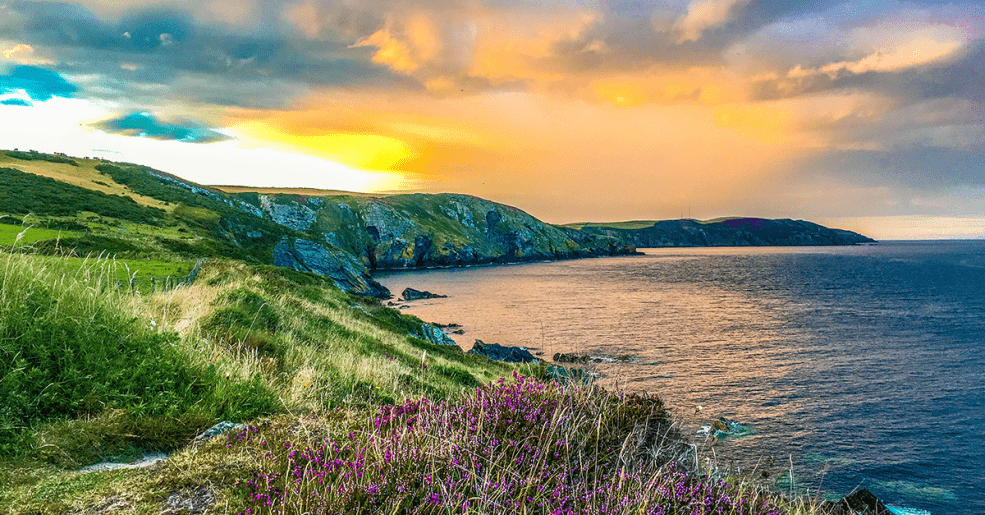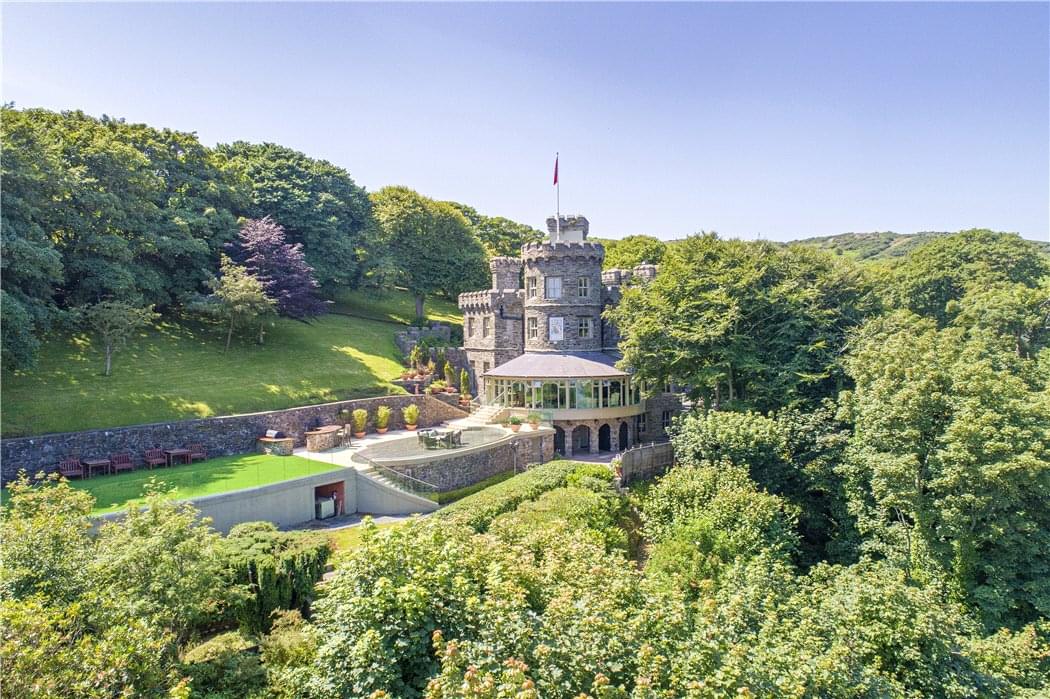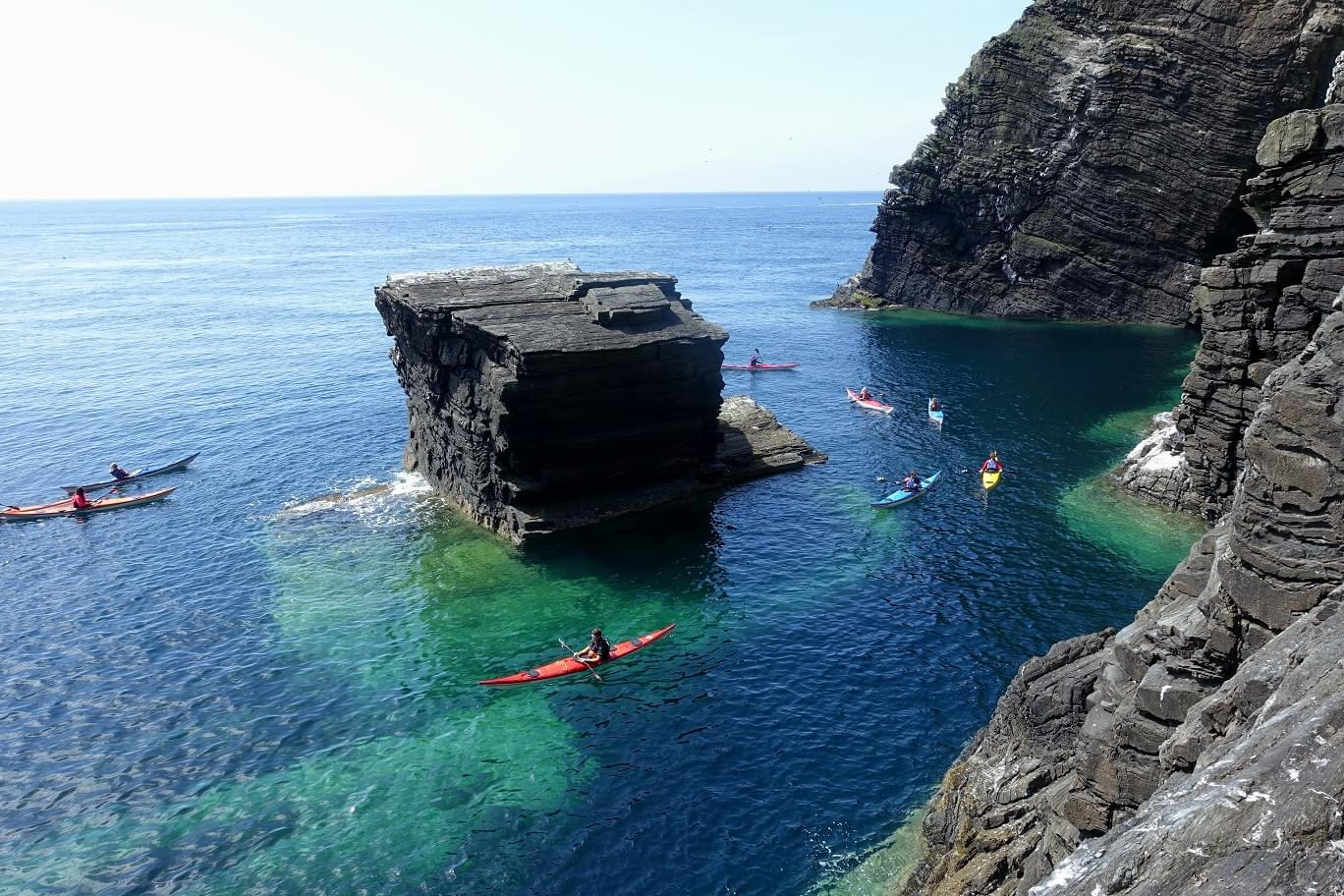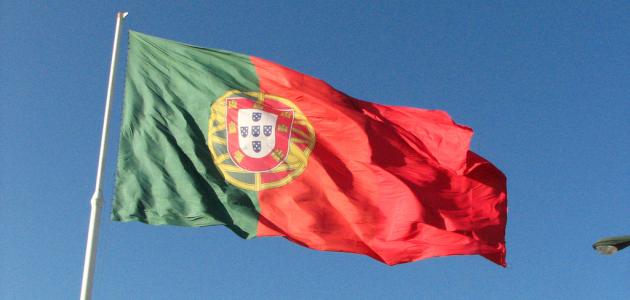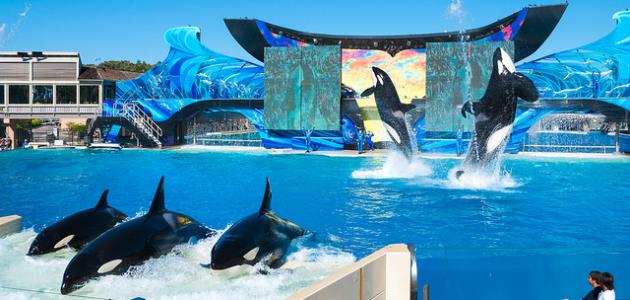Isle of Man is an autonomous island that is not considered part of the United Kingdom, but it belongs to the British Crown, the island is located in the Irish Sea, mediating between Great Britain and Ireland, and the President of the island is Queen Elizabeth II, who holds the title of Lord Mann, and is represented by the rank of First Lieutenant. The defense and representation of the island is the responsibility of the United Kingdom.
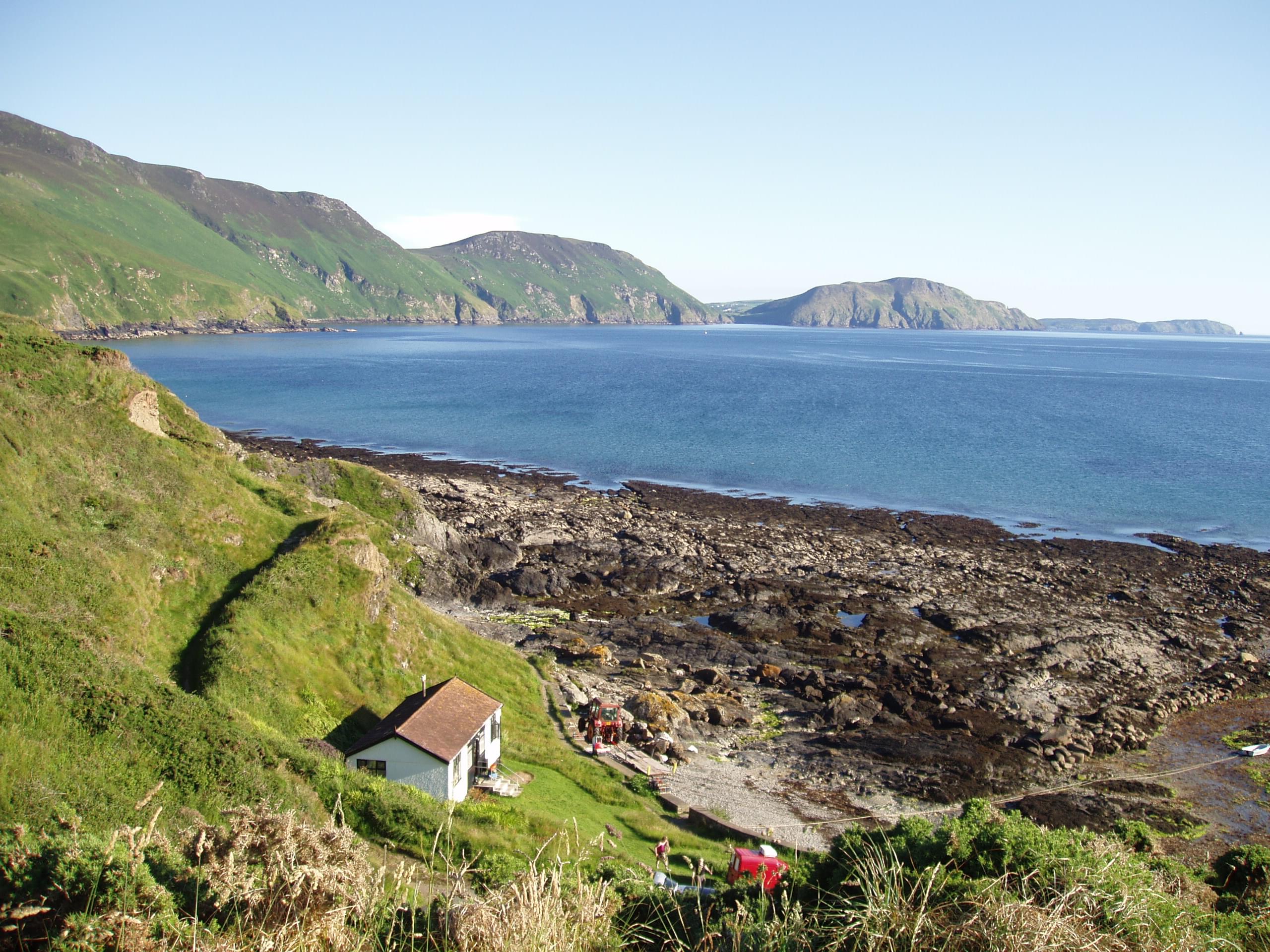
Table of Contents
History of the Isle of Man
The island is inhabited since 6500 BC, and Gaelic cultural influence began in the fifth century AD, and the Manx language, a branch of the Gaelic languages, appeared in 627, Edwin of Northumbria conquered the island of Man, and in the ninth century, Norsemen established the Kingdom of the Islands, and Magnus III was King of Norway, King of Man between 1099 and 1103, and in 1266 the island became part of Scotland under the Treaty of Perth, after it was ruled by Norway, and after a period of alternating rule by the kings of Scotland and England, the island came under the feudal sovereignty of the English in 1399, Sovereignty returned to the British Crown in 1765, but the island did not become In 1881, Parliament in the Isle of Man became the first national legislature in the world to give women the right to vote in general elections, but this excluded married women, and in 2016, the Isle of Man granted vital protection By UNESCO.
Geography and climate of Isle of Man
The Isle of Man is located in the middle of the Northern Irish Sea, approximately equal distance from England, Northern Ireland, Scotland and Wales, and is 52 kilometers (32 miles) long, 22 kilometers (14 miles) wide, and an area of about 572 square kilometers (221 miles) Square), and besides the Isle of Man itself, the political unit of the Isle of Man includes some adjacent small islands such as Chicken Rock on which an uninhabited lighthouse stands, Saint Patrick Island and St. Michael Island, and hill ranges in the north and south are separated by a central valley, while the plains Northern, by contrast, is relatively flat, and mainly consists of t Icebergs from western Scotland during cold winter times, and the island has one mountain higher than 600 meters (2,000 feet), Snaefell, and according to an old saying, from the top one can see six kingdoms: Man, Scotland, England, Ireland, Wales, and the sky, Some versions add a seventh kingdom: the sea, or Neptune.
The Isle of Man is distinguished by its mild ocean climate, the average rainfall is higher than the average in the British Isles, because the Isle of Man is far enough from Ireland for the prevailing southwest winds to collect moisture, and the average precipitation is the highest in Snaefell, where it is about 1900 millimeters ( 75 inches) a year, and at lower levels, it could be around 800 millimeters (31 inches) per year, and the highest recorded temperature was 28.9 ° C (84.0 ° F) in Ronaldsway on July 12, 1983.
Music on the Isle of Man
The Isle of Man music reflects Celtic and Gorse effects among others, including from its neighbors, Scotland, Ireland, England and Wales, and a wide range of music is performed on the island, such as rock, blues, jazz and pop, however, traditional folk music has experienced a revival since the 1970s, starting with a music festival called Yn Çhruinnaght in Ramsay, this was part of a general revival of the language and culture of the Isle of Man, after the death of the last President of Isle of Man in 1974, and Isle of Man was mentioned in the song “Happy Jack” as the home of the honorary character of the song.
Tourism in the Isle of Man
Tourism on the Isle of Man has been an important component of the economy for more than a century. In the early days, visitors were mostly from wealthier British families, and the key to the development of the sector in the Victorian era was the introduction of ferry connections to ships, between Liverpool and the Isle of Man, and later in The nineteenth and early twentieth centuries, the island was a destination for working-class families, especially from northern England and Ireland, and in 1964, tourism that was already in decline was still responsible for 75 percent of the total value of producing the main forms of industry, and furthermore On this, he found 21 in the Cent of the working population work in some branches of the tourism industry.
In the twenty-first century, tourism has become somewhat different, today the tourism housing sector represents only 0.3% of the gross national income, and 629 people work according to the 2016 census, and in 2016, an estimated 135,000 tourists resided in paid housing in The island, in addition, there were nearly 60,000 business visitors, and despite the historical decline in tourism, many tourists visit the island for the famous TT races (around 45,000 in 2017), as they visit it because of its beautiful coastline.

